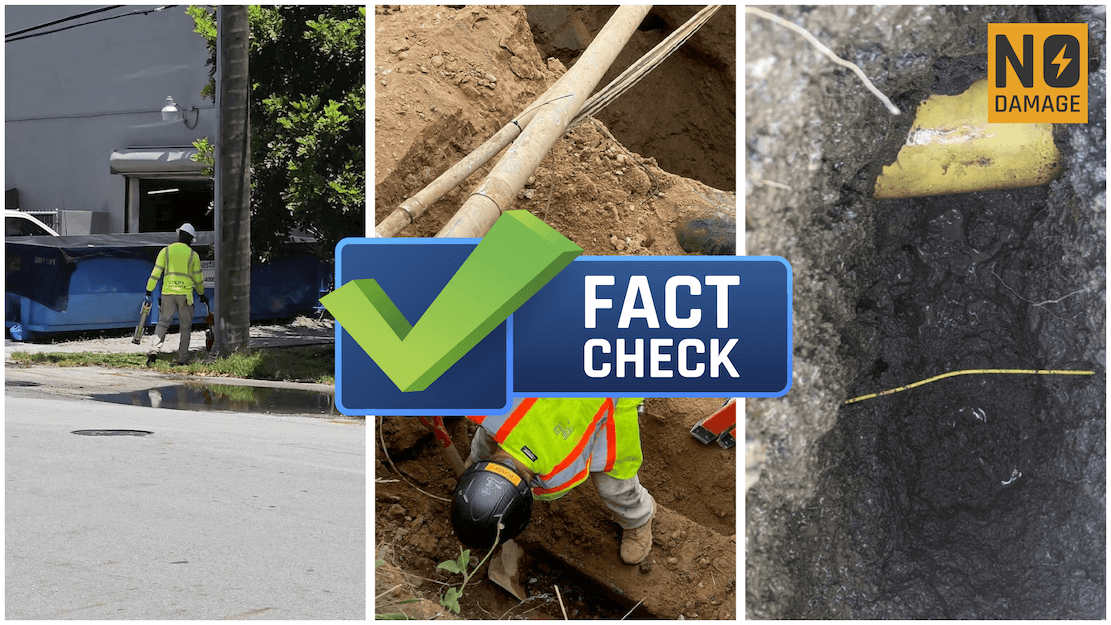
Determining the precise locations of underground utilities and subsurface structures can get pretty complicated and is fraught with misconceptions. From the widely held belief that calling 811 will unveil all buried lines to assumptions about the infallibility of ground penetrating radar (GPR), let's unravel some of the common myths surrounding utility locating and equip you with the facts essential for your projects.
-
You ONLY need to call 811: One prevalent misconception revolves around the assumption that dialing 811 or utilizing a one-call service will comprehensively mark out all utilities. However, while the 811 system serves to safeguard public utility lines, numerous private utilities remain unmarked. Entrusting the task solely to 811 contractors can inadvertently heighten the risk of accidents during excavation or construction endeavors. To ensure comprehensive locating you may need to also engage a qualified private utility locating company.
-
Mapping is Good Enough: Furthermore, reliance on existing utility maps or as-built plans may prove unreliable, particularly with aging infrastructure systems. Adjustments made to utility systems are frequently undocumented, leading to discrepancies between plans and actual installations. For instance, a water line depicted as perpendicular on blueprints may, in reality, be installed at an angle, confounding workers on-site.
-
It requires a One-Size-Fits-All Approach: Contrary to popular belief, the process of utility locating isn't a one-size-fits-all approach. While tools such as GPR and electromagnetic locating are indispensable, surface scanning represents just one facet of a multifaceted process. Locators often need to investigate site features, access manholes, and apply transmitter signals to delineate utility paths accurately. In the case of sewers, deploying tracers via duct rods may be necessary to enhance signal detection and uncover hidden lines.
-
Unlocatables are not Important: the existence of unlocatable utilities underscores the limitations of scanning technology. Various factors, including soil conditions, construction materials, and utility depth, can impede accurate detection via GPR. In such instances, physical access constraints or the absence of tracer wires further complicate the locating process.
-
Cost Prohibitive: Some may believe that hiring professional utility locators is too expensive and opt for DIY methods or skipping locating altogether. However, the cost of potential damage to underground infrastructure far outweighs the expense of hiring experienced professionals.
-
It's safe to dig as long as it's legal: The notion that legality alone validates excavation practices. While adhering to legal requirements regarding digging distances is essential, it doesn't guarantee safety or prevent potential damage to underground utilities. Vacuum excavation, particularly Quality Level A Subsurface Utility Engineering (SUE QL-A), serves as a proactive measure to mitigate risks associated with excavation. By employing vacuum excavation techniques to pothole around and accurately locate utilities before digging, projects can minimize the likelihood of costly and dangerous utility strikes. SUE QL-A underscores the importance of prioritizing safety and precision in utility locating endeavors, going beyond mere compliance with legal mandates.
By dispelling these myths and understanding the complexities of utility locating, stakeholders can make informed decisions and prioritize safety and accuracy in their projects.
Share this Post











